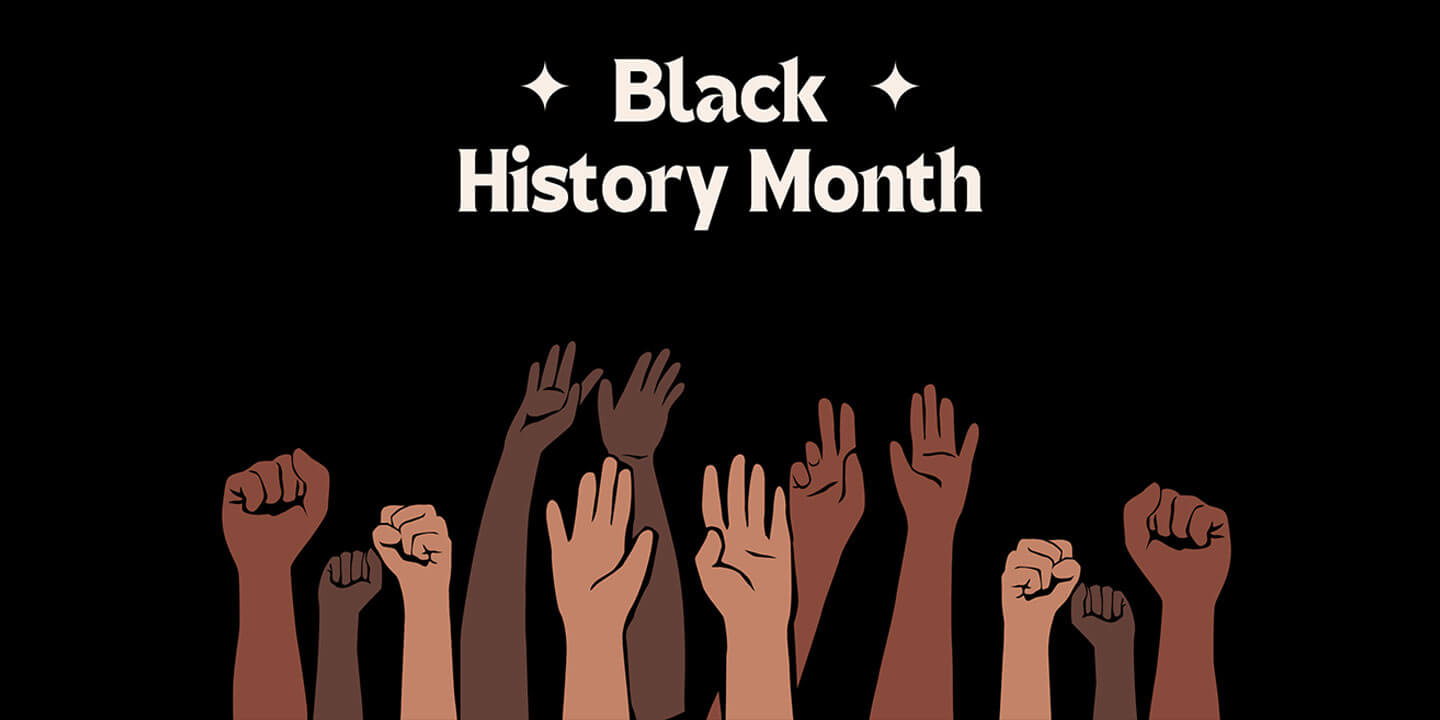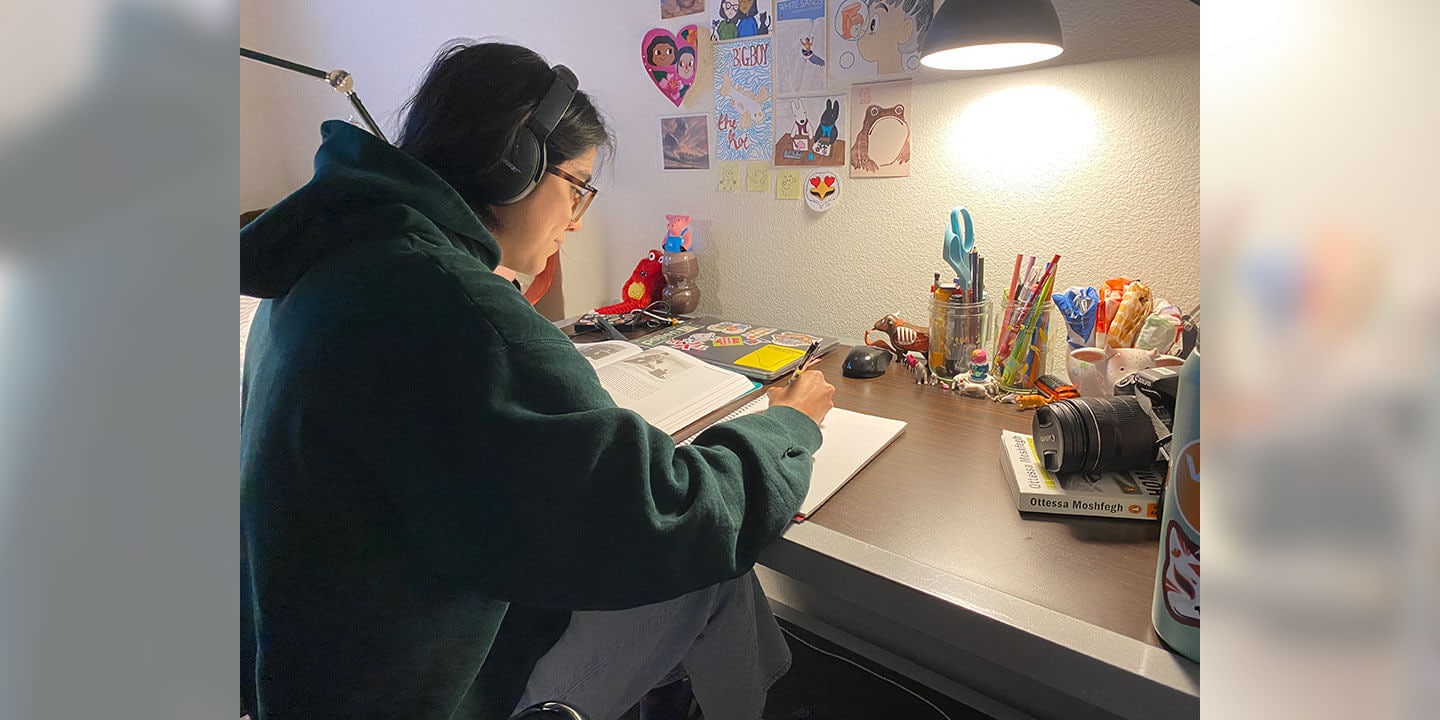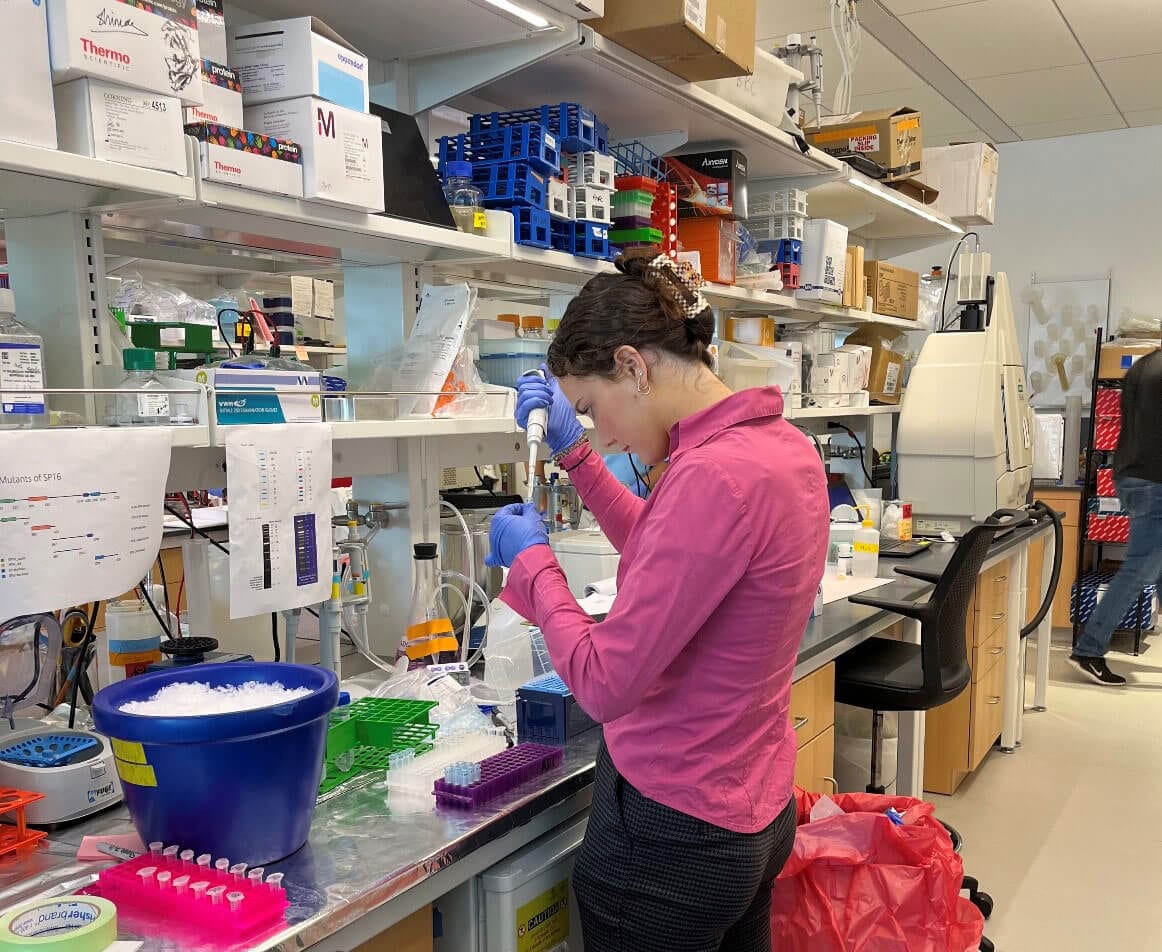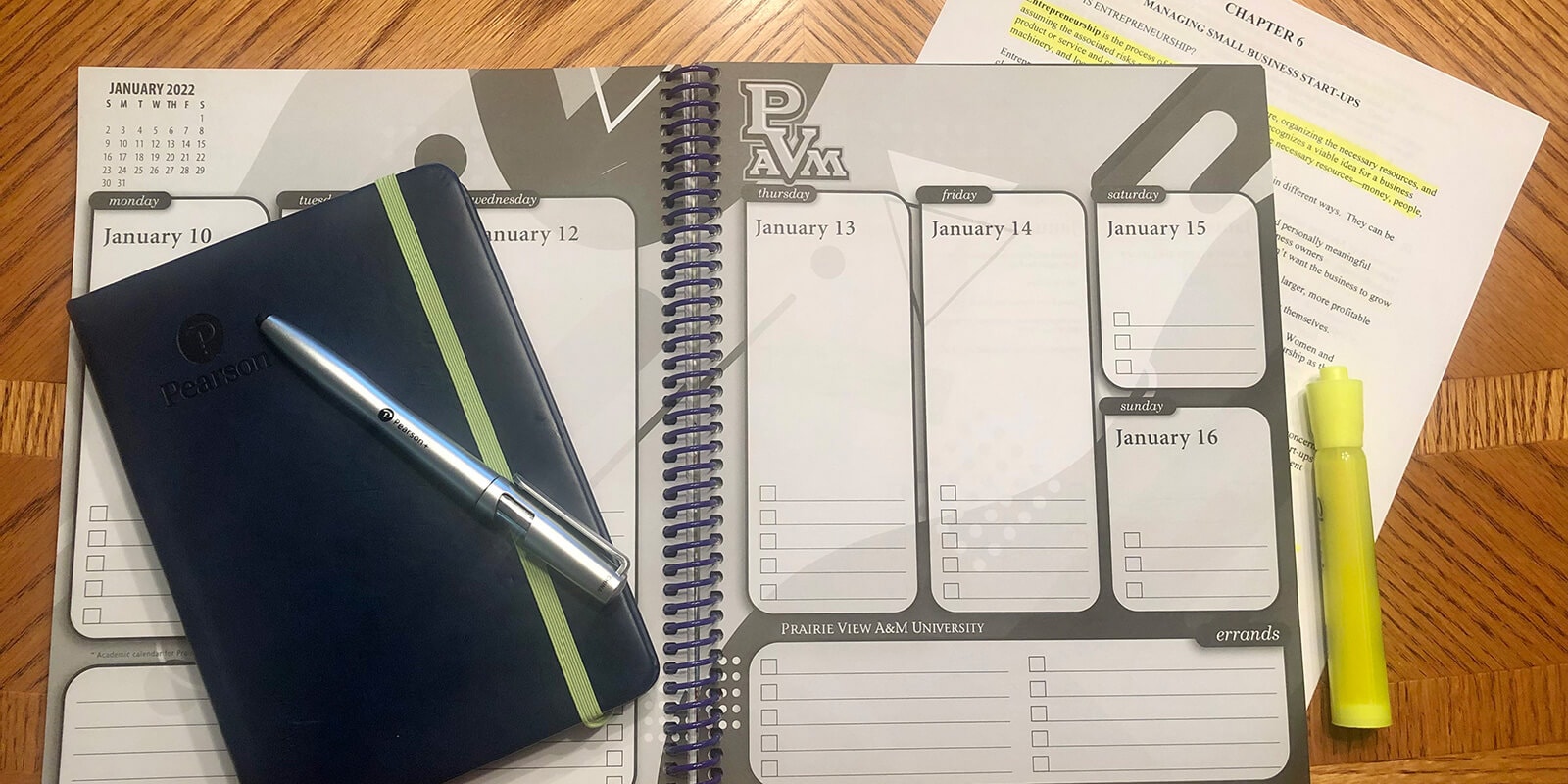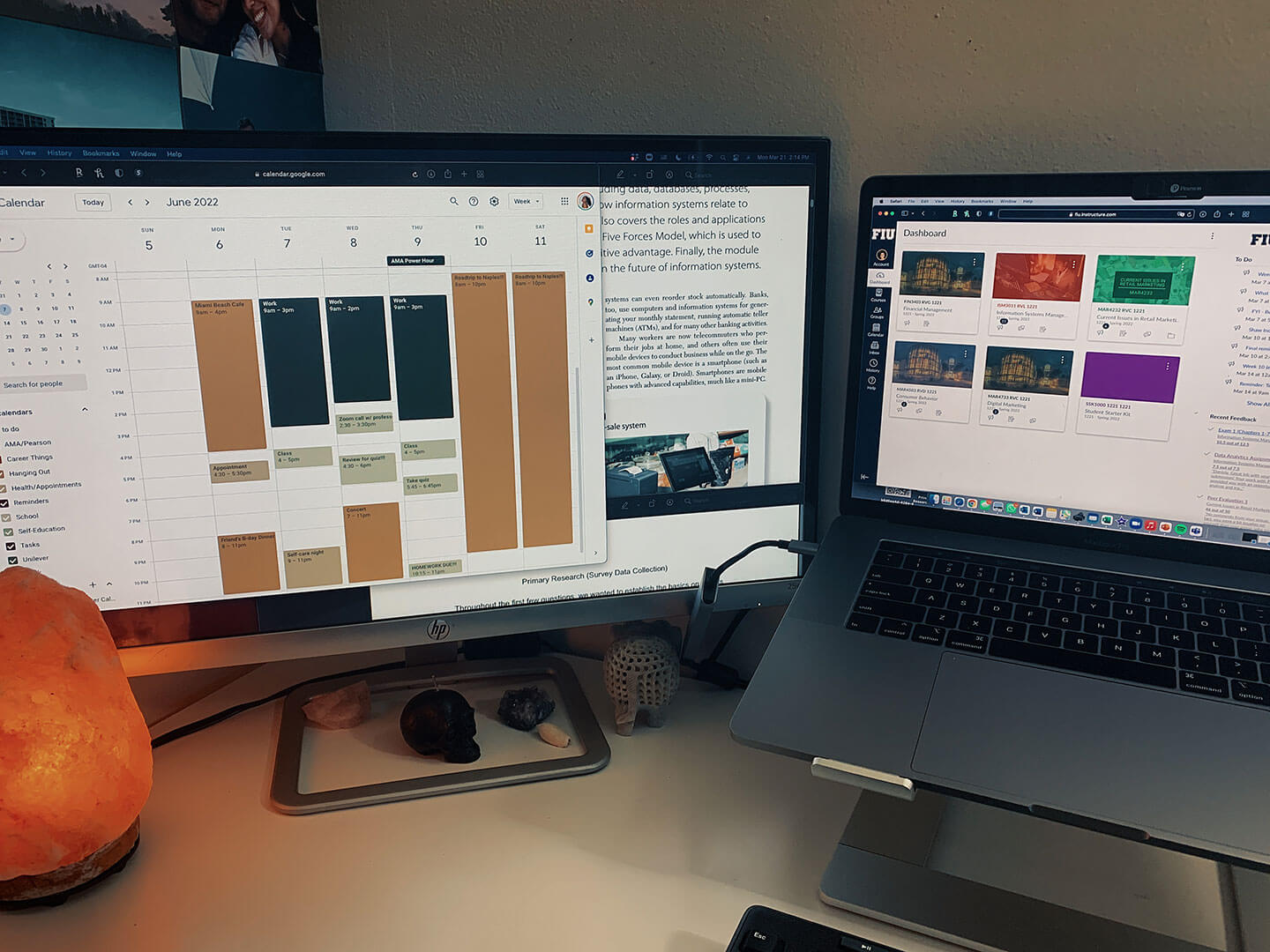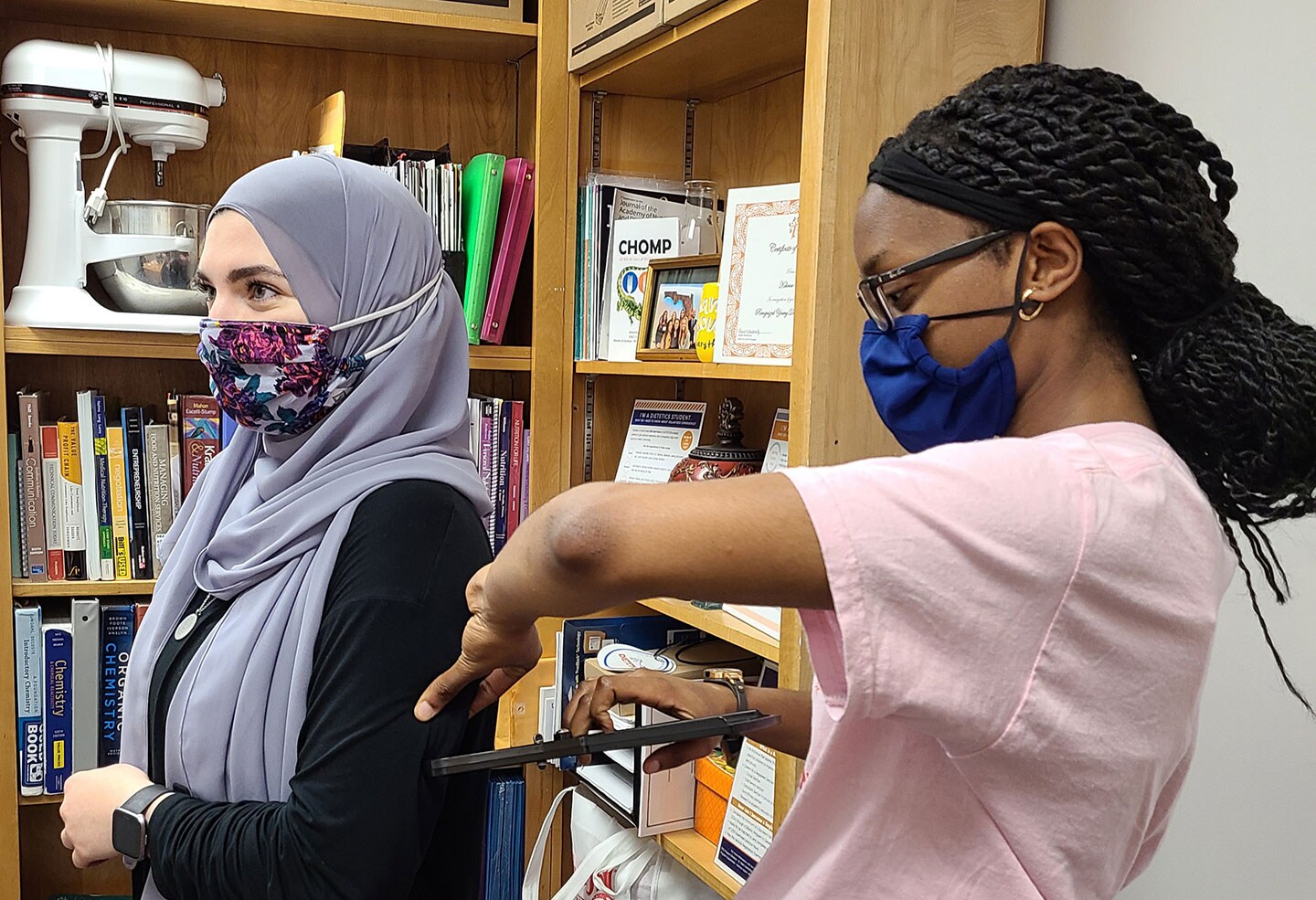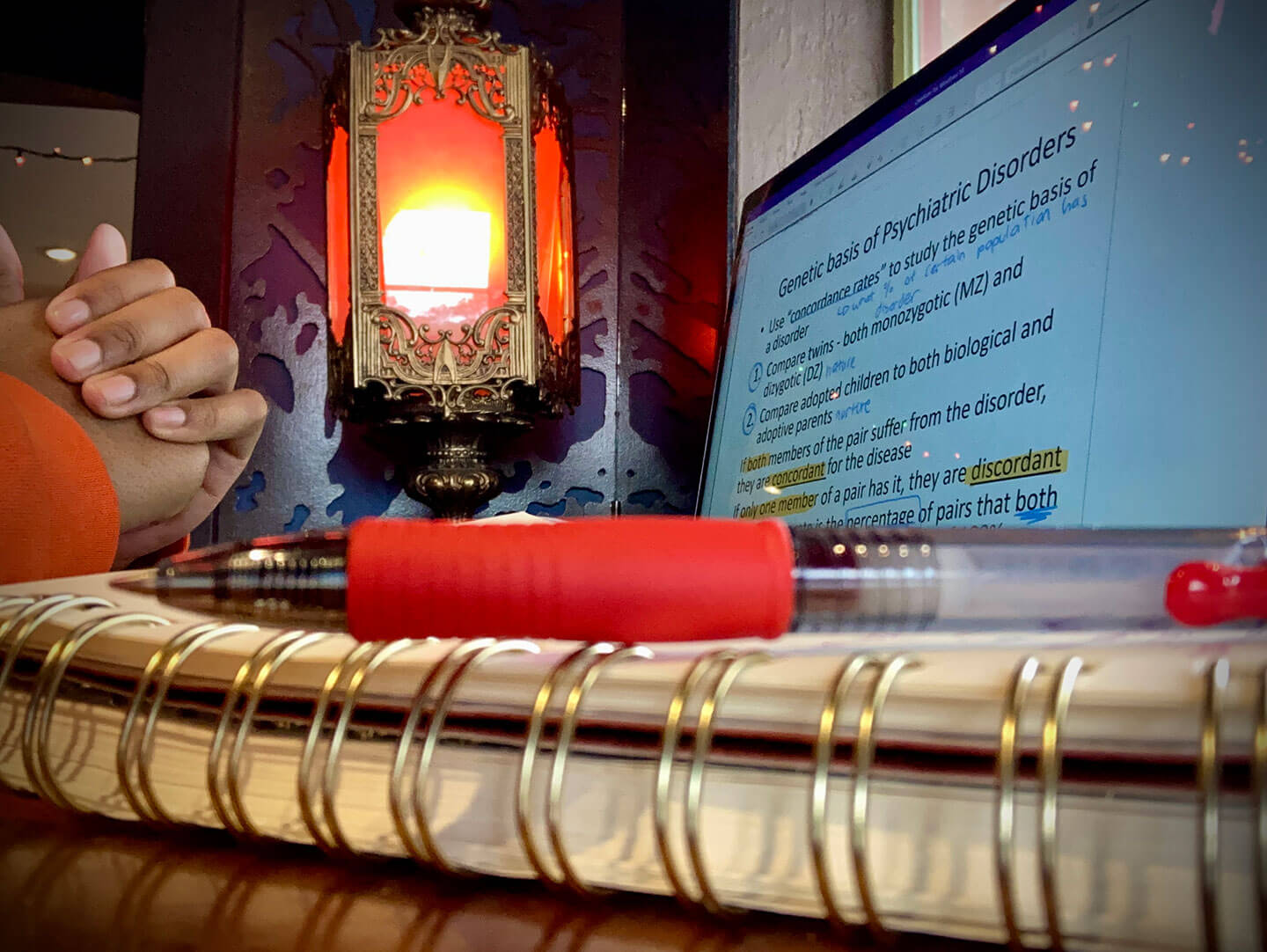
Your Grades Don’t Define You
Congratulations! You have been accepted to the best universities within your state. You know that college is going to be challenging with all the changes: moving away, making new friends, and adjusting your schedule. But after four years of balancing AP/IB/Dual Enrollment courses, a part-time job, and extracurriculars while staying at the top of your class, making it through college should not be that terrible. Right?
Freshman year, I started college with this mindset. Although I knew that it was going to be challenging, I had so many people reassuring me that I was smart enough to do whatever I set my mind to. Then, I received my first failing grade on a homework assignment. Then, another on a discussion post. Then, on an exam. While the words of encouragement never stopped, my want to succeed in school and fear of failure grew. At some points, the stress I put on myself from trying to ace an assignment caused me to do worse on it in the end. I would be too afraid to start working, or I would stay up late and be unable to focus in class the next morning.
Academic validation – the need or want for success within school to feel worthy – is a double-edged sword. On one hand, wanting to do well in school is normal and can be a form of motivation. On the other hand, an overwhelming desire for academic success and fear of failure can negatively affect someone’s mood and mental health; therefore, ironically, making it harder for someone to be able to achieve the goals they set for themselves. In the transition from high school to college, many students go from being the top of their class to competing against many other brilliant students from across the world.
For anyone reading who may be currently suffering from burnout due to a fear of failure, here are some reminders that I have been using to help battle my need for academic validation:
1. It takes time to adjust
The content and structure of your college classes may be very different from what you are used to. It will take time to create new study habits as you adjust. Going through a period of trial and error is OK.
2. It’s not just you; your classes ARE hard
There are many “weed-out” classes, advanced classes that are made to test if you really enjoy your major, in college. These may be the first classes that you, and many of your classmates, will begin to see failing grades in. Do not freak out.
3. Stop comparing yourself to others
Just because someone else thought the exam was easy, does not mean that you should have received a higher grade. Everybody views things differently.
4. Sometimes you need to take a break
Whenever I push myself to study for too long or do too many things at once, I often get sick shortly after. If you feel yourself getting overwhelmed, do not go past your limit. Sometimes, it is better to take a break- watch a movie, go out to dinner, take a day off from studying. Your health comes first.
5. Take time to be social
Yes, it is important to do well in school. But college is also a time to make memories and connections with new people. Do not feel guilt for wanting to make time for your social life as well.
6. Don’t be afraid to ask for help
A lot of your friends are going through the same thing. Talking to them about your stress may help to relieve some of the pressure. Most universities also offer a limited amount of individual and group therapy sessions. Take advantage of these resources if you can.
7. Your grades do not define your worth
A high GPA is impressive on a graduate school application, but so are achievements outside of academics. Ten years from now, nobody will ask you if you passed or failed that physics class in sophomore year. You are more than a letter grade.
No matter what the grades on your transcript say, you are still worthy and capable of achieving greatness!
Do you have a compelling story or student success tips you’d like to see published on the Pearson Students blog? If you are a college student and interested in writing for us – click here to pitch your idea and get started!
